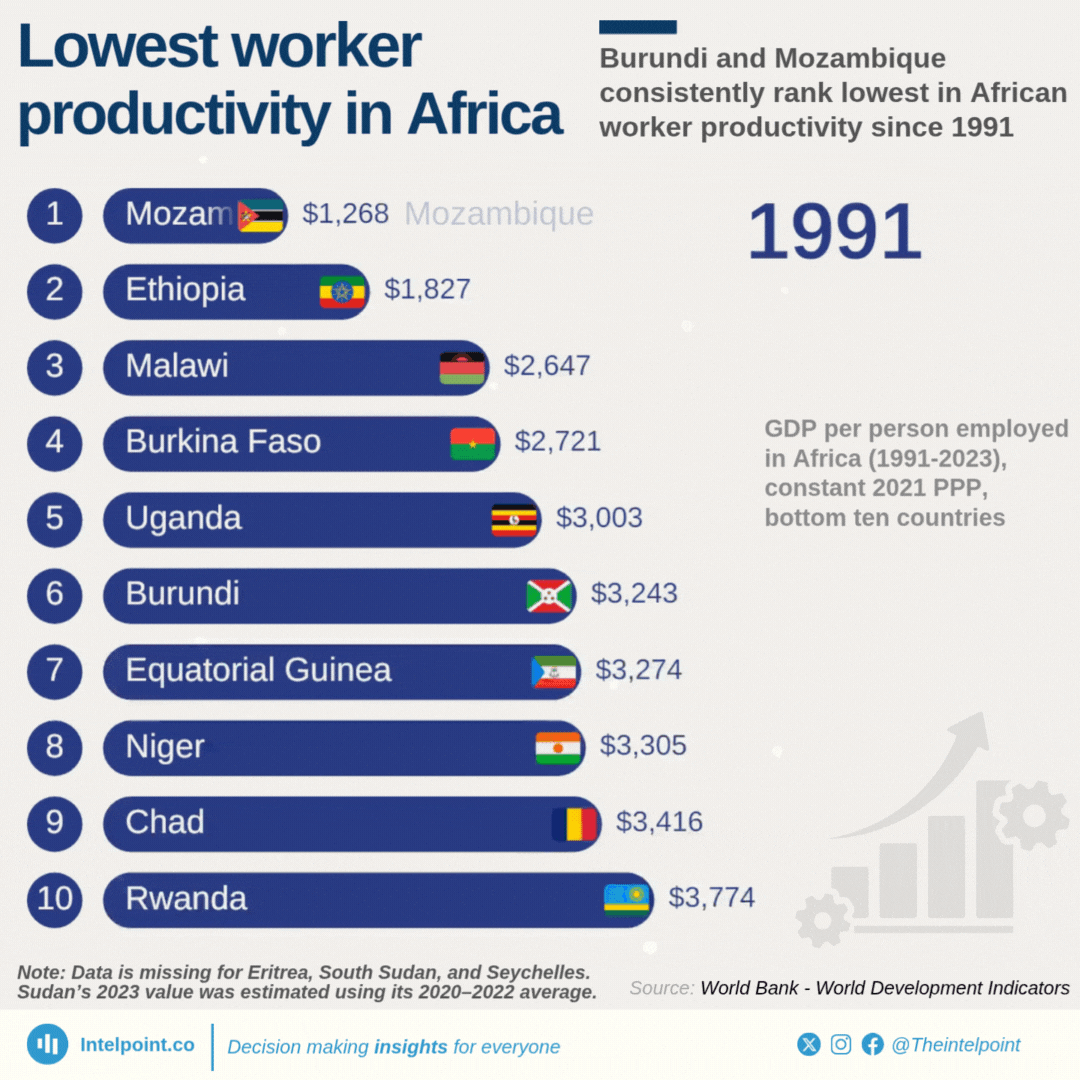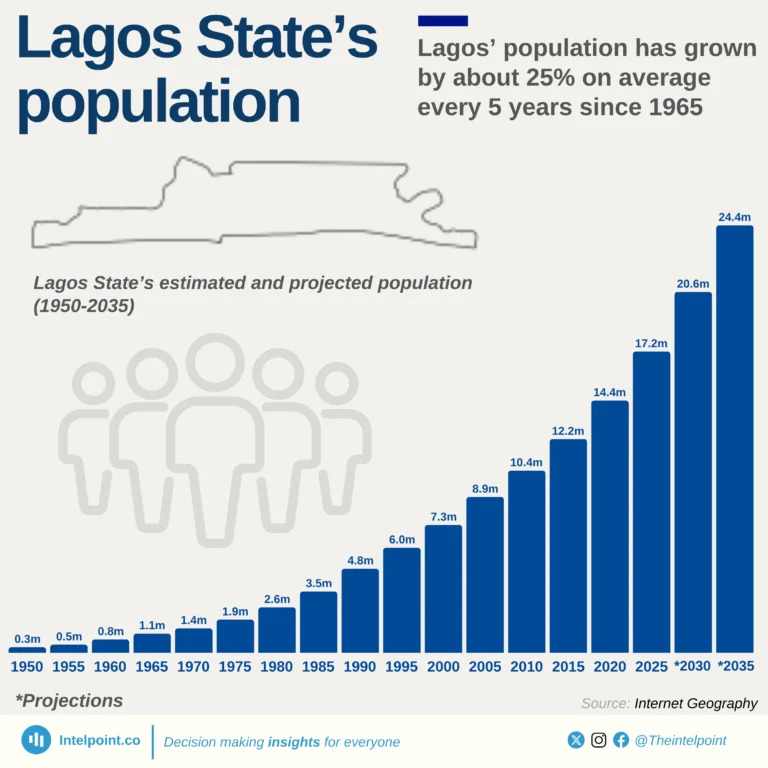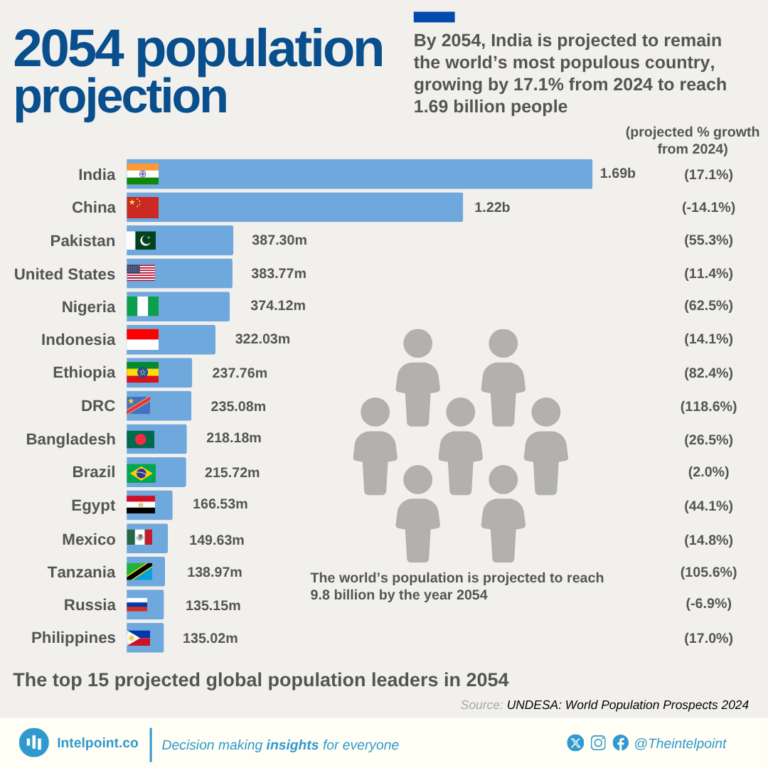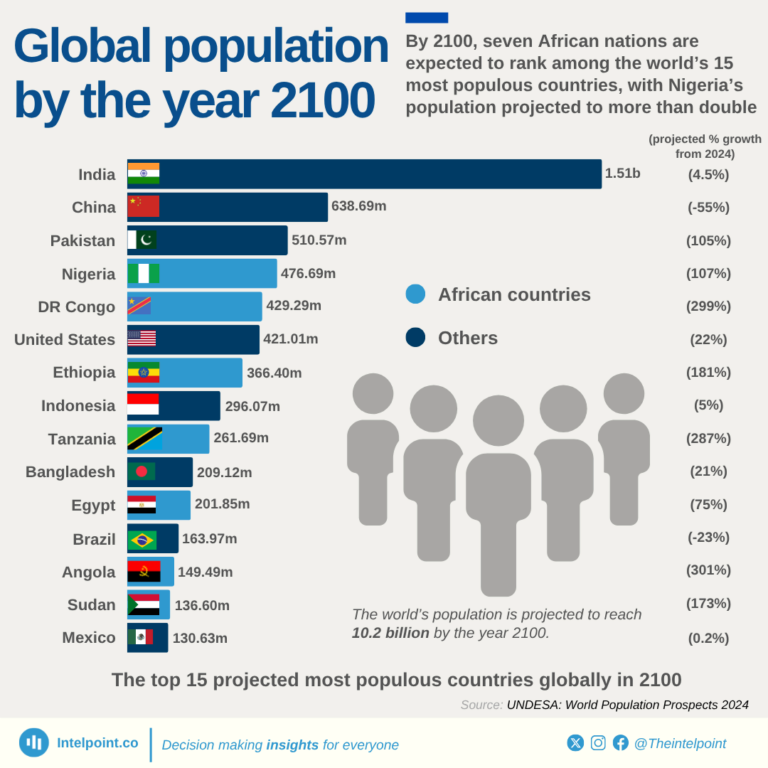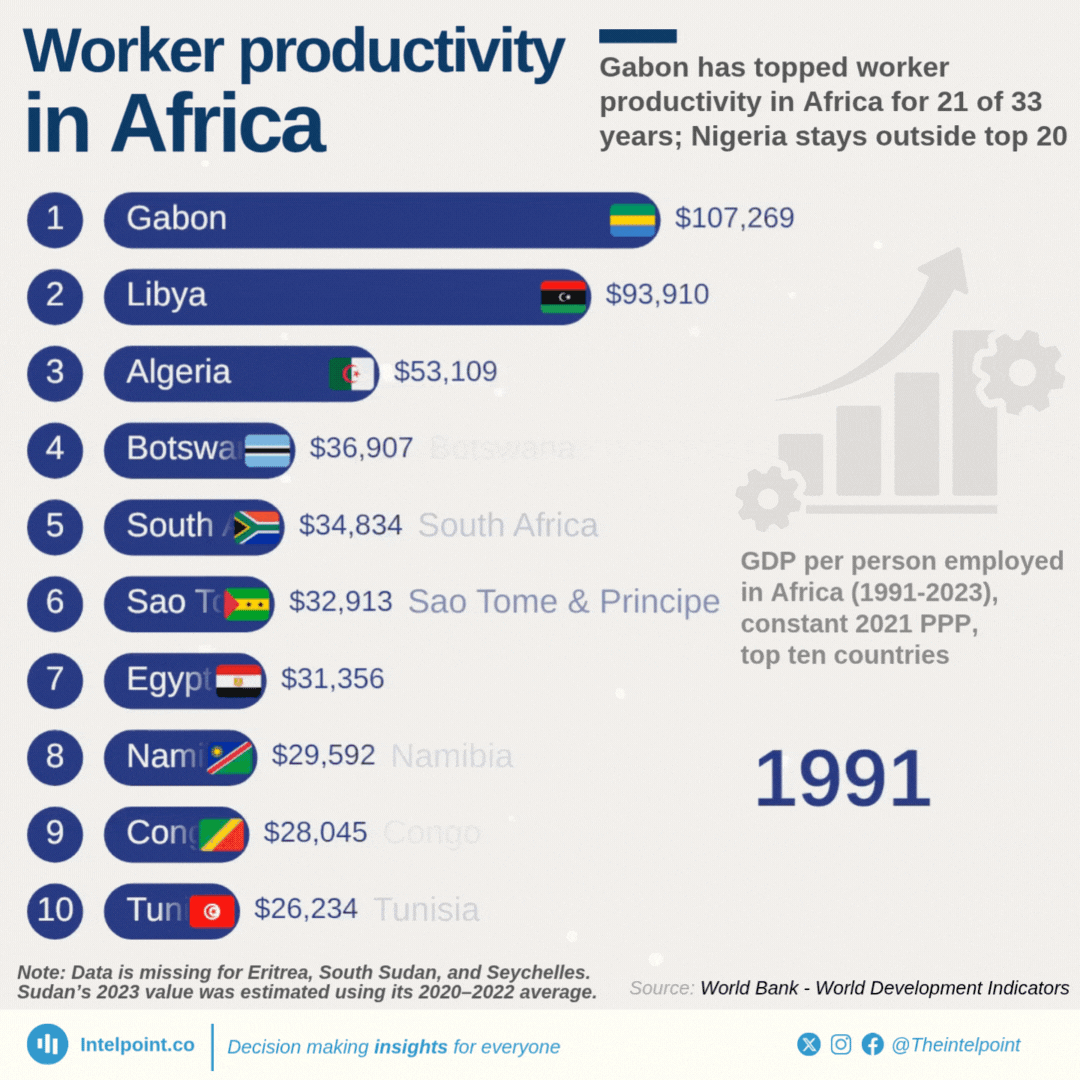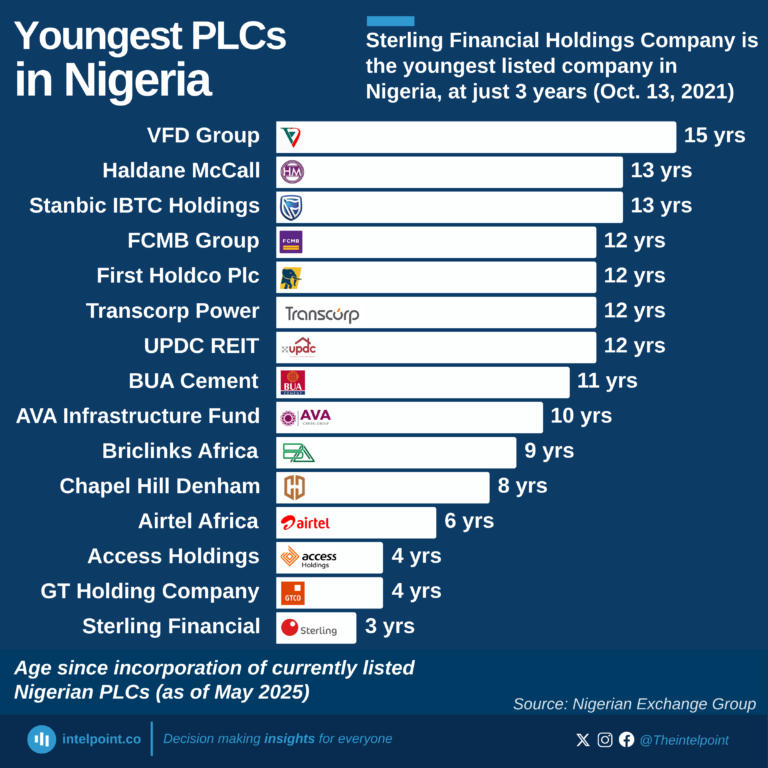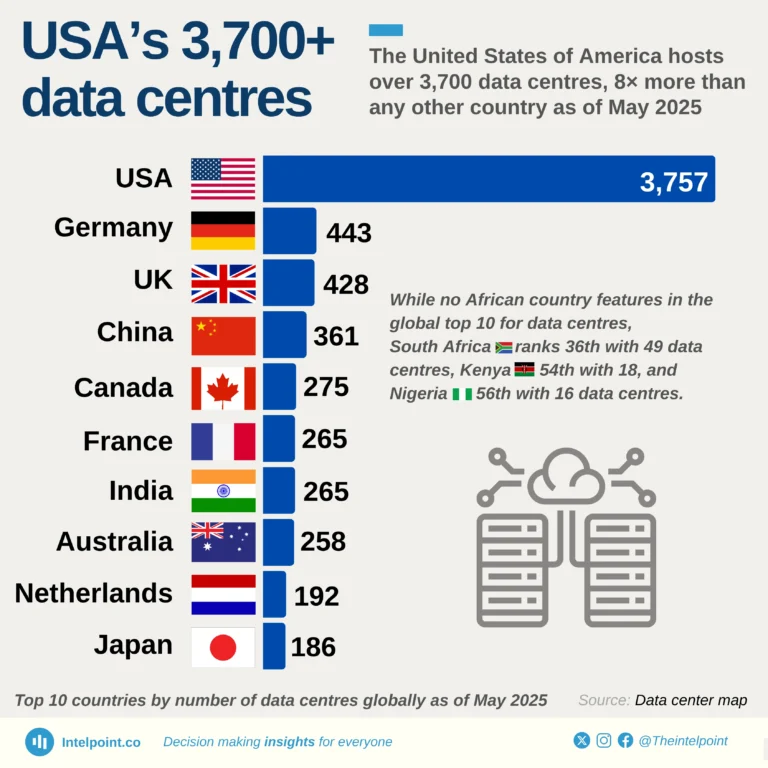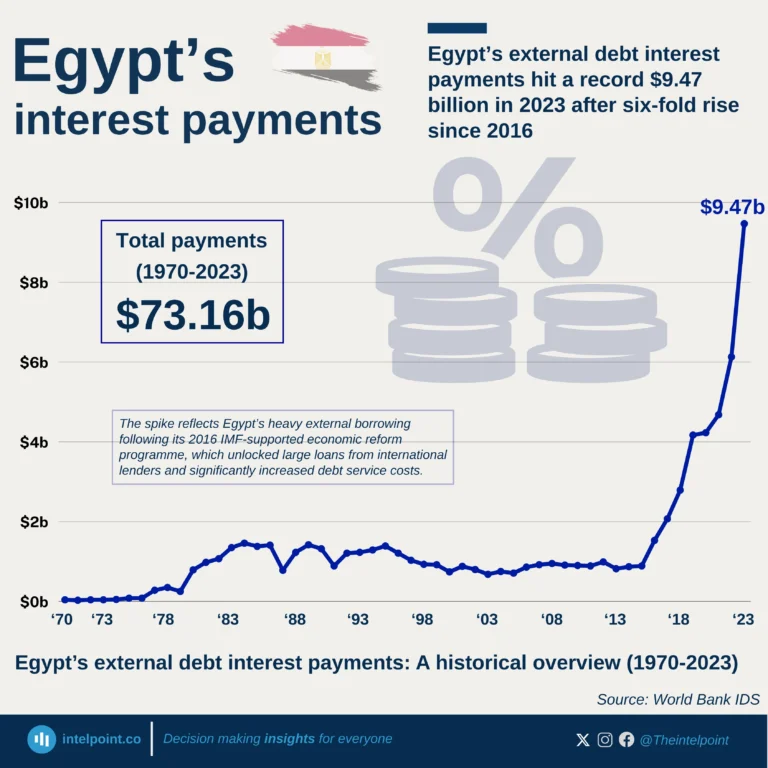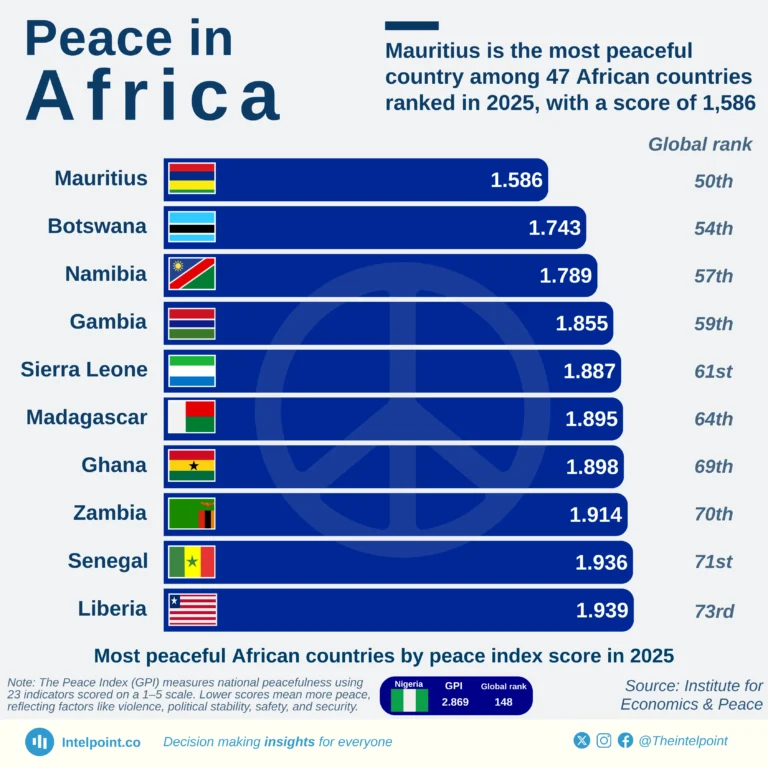Nigeria has ranked the 102nd happiest country of 143 countries surveyed globally as of 2024; it ranked 11th of 40 African countries.
Libya ranked 66th globally and 1st in Africa, followed by Mauritius and South Africa in 70th and 83rd positions, respectively.
The World Happiness Report ranks happiness based on GDP per capita, life expectancy, generosity, social support, freedom, and corruption.
